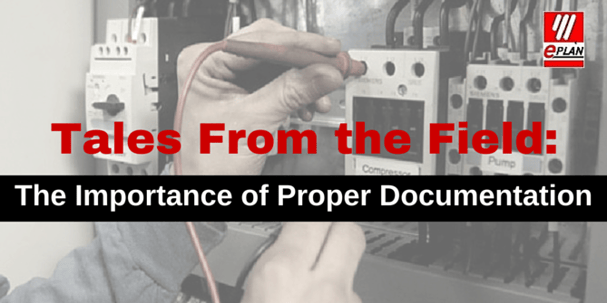 A lot goes into producing machinery. At EPLAN, we put a lot of thought into our platform that allows production to move faster, more efficiently and cost effectively. EPLAN helps you manage engineering data consistently from concept design, through detailed engineering all the way to manufacturing and service with a focus on decreasing processing time and simple project management.
A lot goes into producing machinery. At EPLAN, we put a lot of thought into our platform that allows production to move faster, more efficiently and cost effectively. EPLAN helps you manage engineering data consistently from concept design, through detailed engineering all the way to manufacturing and service with a focus on decreasing processing time and simple project management.
But, there’s more to efficient engineering than creating machinery. What happens to the equipment produced once it is shipped and in your customer’s hands is just as important as the production itself.
We were reminded of this by one of our customers, Neutron Factory Works. Neutron is based in Delta, British Columbia. They install and maintain equipment for manufacturing, processing and warehousing facilities around the BC Lower Mainland. They provide 24/7 services. On their website they state:
Downtime is the biggest preventable expense in any factory, your losses due to idle equipment and staff during production grow exponentially by the minute. How you move through this situation will have more of an effect on your company’s performance than any other cost saving measure. Protection of your investment is key. Try us out and see the difference it makes when you have a team of experts engaged in a preventative service model maintaining your facility.
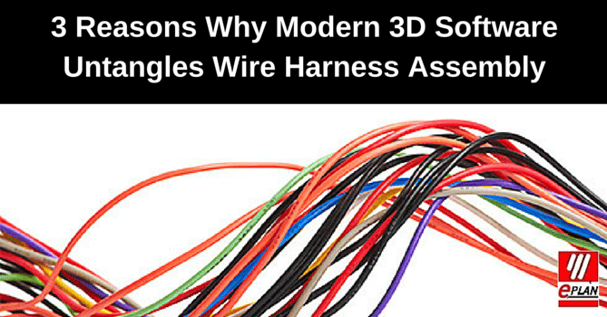

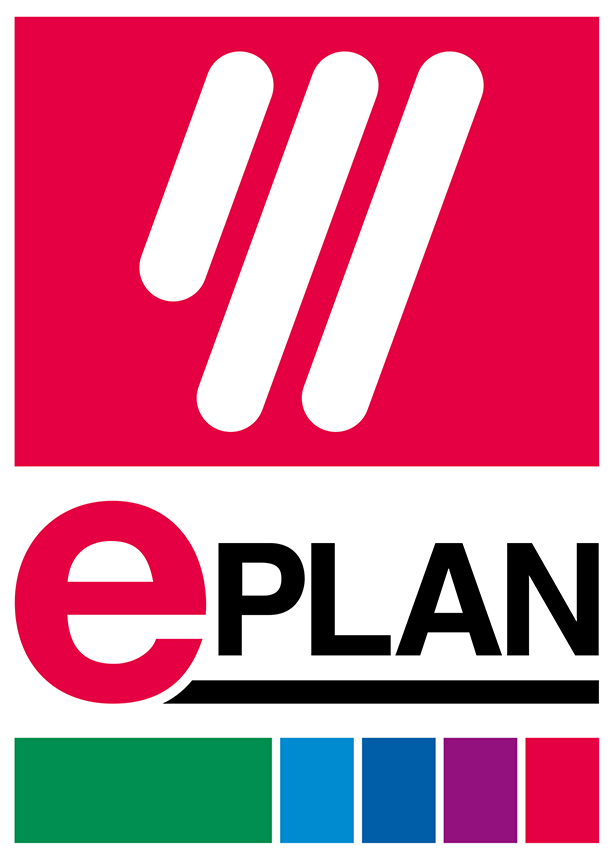
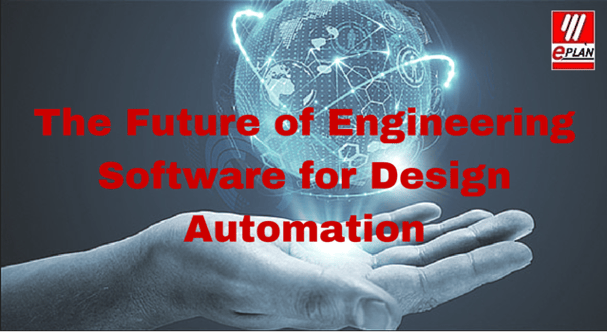
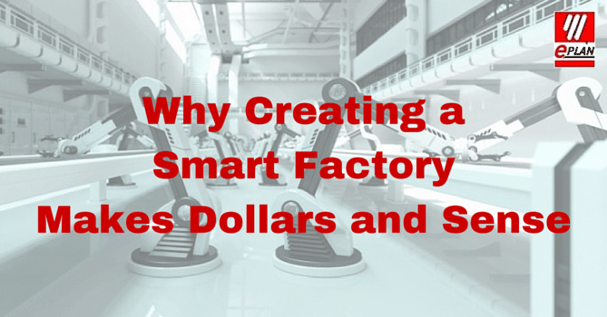

 A lot goes into producing machinery. At EPLAN, we put a lot of thought into our platform that allows production to move faster, more efficiently and cost effectively. EPLAN helps you manage engineering data consistently from concept design, through detailed engineering all the way to manufacturing and service with a focus on decreasing processing time and simple project management.
A lot goes into producing machinery. At EPLAN, we put a lot of thought into our platform that allows production to move faster, more efficiently and cost effectively. EPLAN helps you manage engineering data consistently from concept design, through detailed engineering all the way to manufacturing and service with a focus on decreasing processing time and simple project management. 
 As The Industrial Internet of Things (IIOT) matures, the cost and time efficiencies that it can bring are pretty astounding. To be able to have unified operations across all touch points of the product development process makes optimized engineering possible. Here are 5 ways that it does this.
As The Industrial Internet of Things (IIOT) matures, the cost and time efficiencies that it can bring are pretty astounding. To be able to have unified operations across all touch points of the product development process makes optimized engineering possible. Here are 5 ways that it does this.


